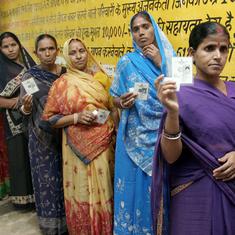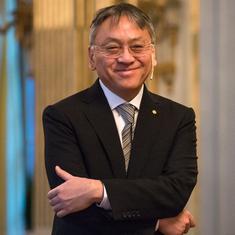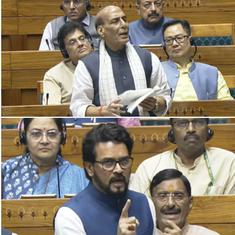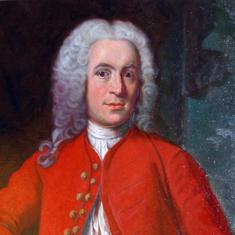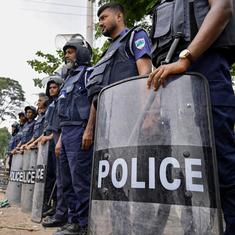Shah, no doubt, has boundless enthusiasm. His take-no-prisoner style of functioning has won him many admirers in the party – and crowds of detractors.
“The biggest feat that Amit Shah has achieved in the last one year is systematic dismantling of institutions of collective decision-making,” said a senior BJP leader from Uttar Pradesh who ranks among Shah’s critics. “No president in the past ever tried to do that.”
Veterans sidelined
The BJP’s transformation began as soon as Shah was anointed the party chief in July 2014. In no time, the veteran leaders were sidelined and the party hierarchy reset.
One of the first major decisions Shah took was to drop the party’s founding fathers – Atal Bihari Vajpayee, LK Advani and Murli Manohar Joshi – from the highest decision-making body, the Parliamentary Board, and place them in a newly-constituted Margdarshak Mandal or Guidance Committee. Since then, this new body hasn’t met even once.
Equally significantly, Shah jettisoned the BJP core group, an informal body consisting of members of the Parliamentary Board, general secretaries and leaders in charge of state units. “Earlier, the core group used to meet on the first Friday of every month to take significant decisions, but it was dissolved once Amit Shah took over,” said another senior BJP leader.
In a strict sense, the BJP Parliamentary Board continues to survive and sometimes meet too. But BJP leaders concede that the supreme body exists only in name – all the important decisions are taken by Shah, who is known to always act in consultation with Prime Minister Narendra Modi.
The collapse of the internal decision-making institutions is altogether new to the BJP. No previous party president, not even the Rashtriya Swayamsevak Sangh, which wields great control over the party, had ever tried to tamper with the institutional structures.
Dismantling old structures
Even when the RSS was at loggerheads with the BJP’s top leaders – for example, during the latter years of the Vajpayee-led government or when Advani’s pro-Jinnah comments infuriated the Sangh in 2005 – the issue was resolved by forcing the party structures to submit to Nagpur and not by dissolving these structures.
Many in the party feel that it is this logic of ending any potential challenge to undemocratic decision-making that has spurred Shah – once again in consultation with Modi – to work on a strategy to end the party’s electoral dependence on the RSS.
Until now, the BJP has depended heavily on the RSS cadres for electoral purposes. This dependence is one of the key ways through which the RSS exercises its control over the party – it doesn’t only supply cadres, it provides ideology and leaders too. Even in the current party executive, more than two-thirds of the members have RSS roots.
To end this overreliance, the BJP under Shah has decided to look beyond RSS cadres and develop its own dedicated cadre base. “The idea is to train 15 lakh workers in four months,” BJP vice president Vinay Sahasrabuddhe recently told Scroll.in. “These new recruits will be party’s dedicated karyakartas, fully trained in the party culture and ideology who will help strengthen the organisation.”
The massive exercise will begin in September and be completed by the time Shah’s presidency – the key decision the RSS takes for the BJP – comes for renewal in January 2016.



